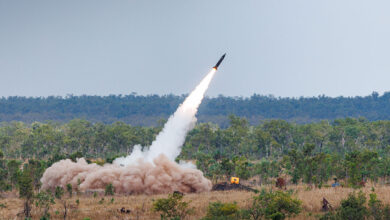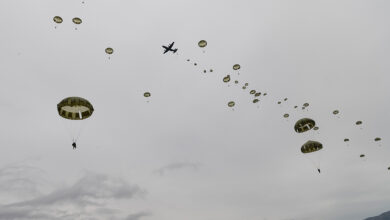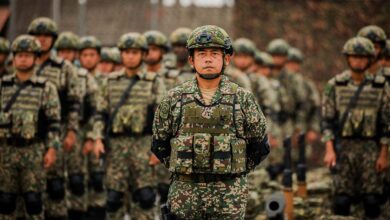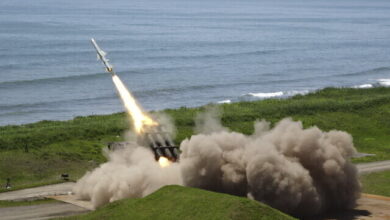Japan, South Korea, U.S. pledge to strengthen security cooperation
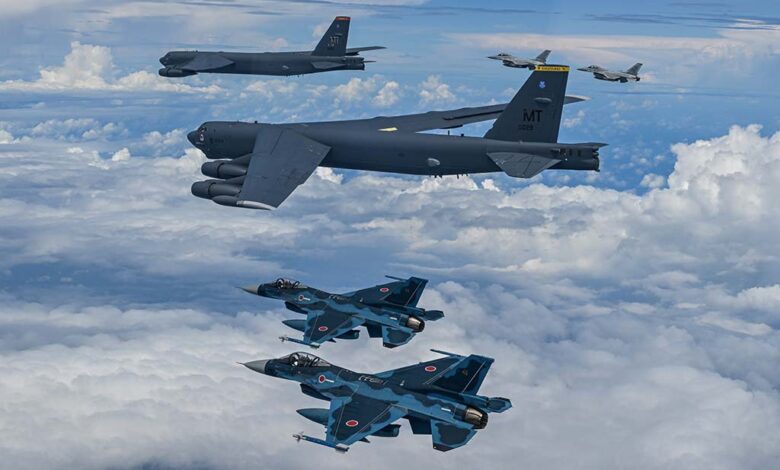
Sentry
Top military officers from Japan, South Korea and the United States said deepening cooperation is crucial to maintaining stability in the Indo-Pacific.
Following a July 2025 meeting in Seoul among the nations’ joint chiefs of staff, the countries issued a statement condemning North Korea’s unlawful nuclear and ballistic missile programs and agreed to continue talks to denuclearize North Korea per United Nations Security Council resolutions. Japan Ground Self-Defense Force Gen. Yoshihide Yoshida, Republic of Korea (ROK) Navy Adm. Kim Myung-soo and U.S. Air Force Gen. Dan Caine discussed ways to deepen cooperation to ensure peace and stability and maintain a Free and Open Indo-Pacific, according to The Associated Press (AP).
They also discussed North Korea’s troop deployment to Russia in support of Moscow’s war against Ukraine and the potential transfer of military technology from Russia to North Korea. They urged Pyongyang to cease destabilizing actions.
“We’re illuminating a future path together, a path where partnerships can evolve through persistent and regular engagement from building capacity to really sharing responsibility,” Caine said before the meeting, according to the Reuters news agency. North Korea and China are “undergoing an unprecedented military buildup with a clear and unambiguous intent to move forward with their own agendas. We need to be mindful of that.”
Japan and South Korea, each longtime U.S. allies, are strengthening security against evolving threats in the Indo-Pacific. Japan’s Cabinet approved a record $55 billion defense budget for 2025 as part of a five-year buildup under its 2022 national security strategy that seeks to increase defense spending to 2% of gross domestic product by 2027. The Defense Ministry announced plans to develop long-range, precision-guided missiles to “prevent and eliminate invading troops.” Tokyo also is deepening ties with the 32-member NATO security alliance.
In February 2025, the ROK Navy launched a new fleet command off the southern Korean Peninsula. Navy officials called the command, which includes 14 warships, “a core unit of the maritime three-axis system against North Korea’s nuclear and missile threats.” The three-axis system, designed after North Korea’s fifth nuclear test in 2016, includes components designed to detect, track and eliminate ballistic missiles and weapons of mass destruction.
As the joint chiefs met, the three nations conducted a combined operation with two U.S. Air Force B-52H Stratofortress bombers escorted by two Japan Air Self-Defense Force F-2 fighters and two ROK Air Force KF-16s. The drill took place in international airspace off South Korea’s southern Jeju Island, the AP reported. It was the nations’ third training flight of 2025 and the first of the year to deploy B-52Hs, according to Reuters.
“The flight continues to demonstrate and train the collective ability to immediately respond to regional security challenges,” the U.S. Indo-Pacific Command stated. “Our steadfast commitment fosters trust, strengthens cooperation, and reinforces the collective will and ability to maintain security and stability in the Indo-Pacific.”
Sentry is a professional military magazine published by U.S. Strategic Command to provide a forum for national security personnel.

